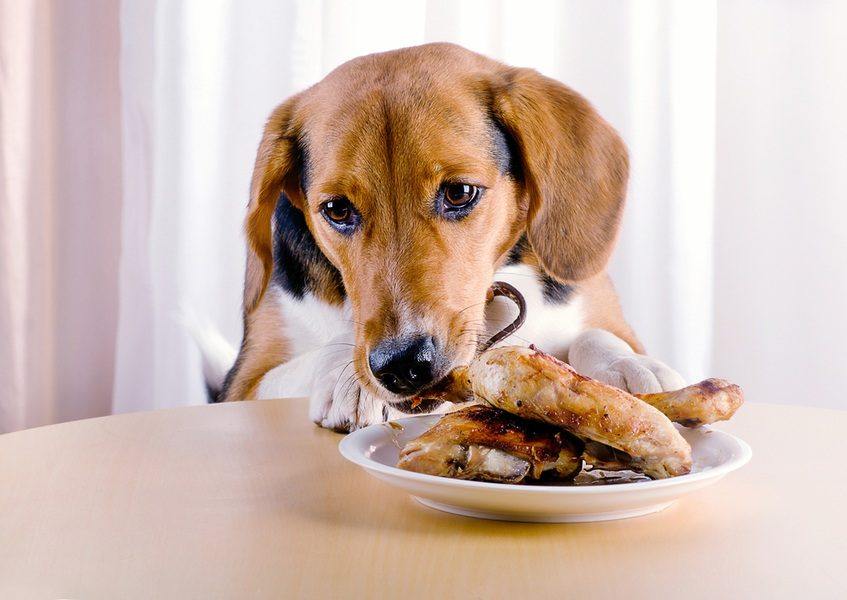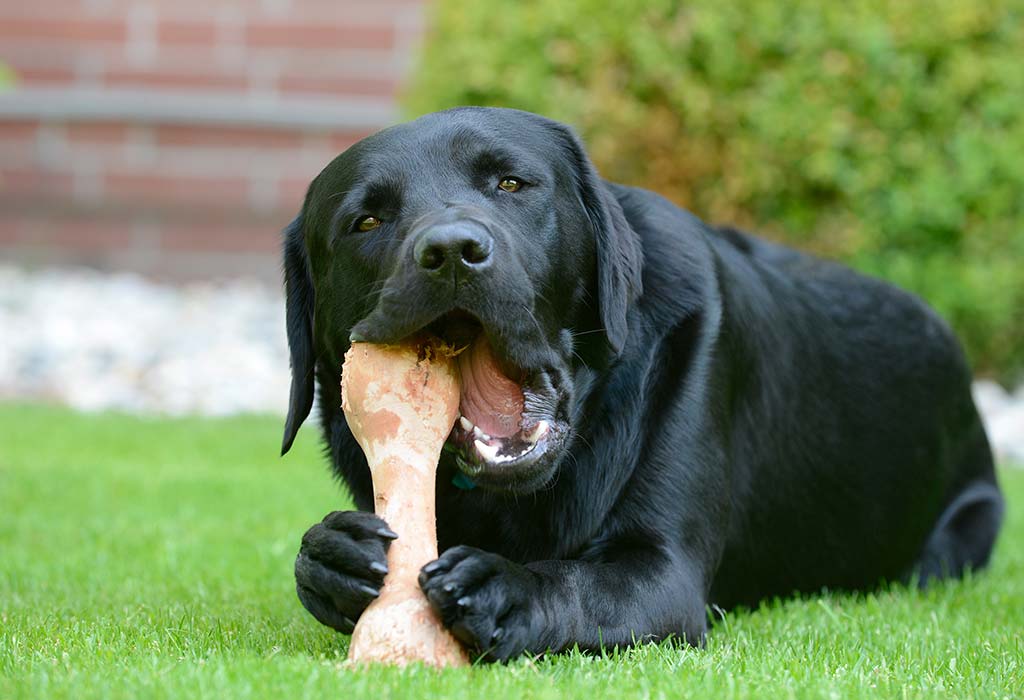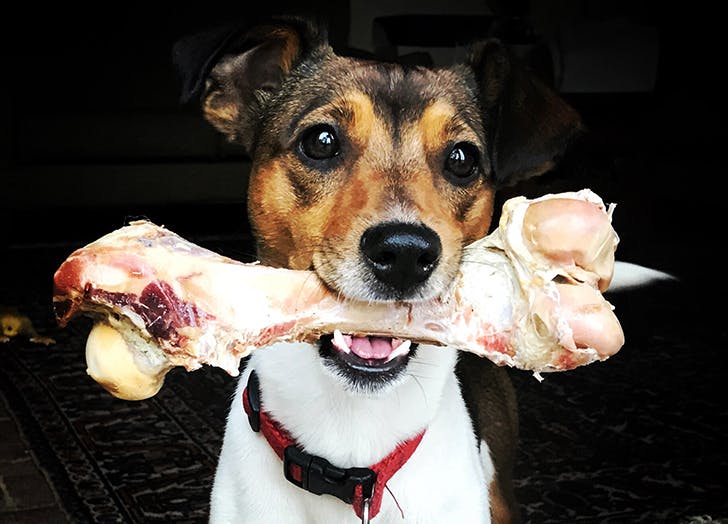#pets_tuttorial #jane_brody #pet_blog #pet_training #pet_products_reviews #best_dog_products #best_cat_products
Bones are an excellent source of minerals as well as other nutrients that can to satisfy the dog’s cravings. Chewing can stimulate saliva enzymes, and aids in preventing plaque build-up on teeth and gum diseases. A dog who chews on a bone of a dog is less likely to scratch or chew on his feet. But, many vets consider it to be a waste of time and taking the chance of more serious injury to give your pet the bone. If you’re thinking of the idea of giving your dog a bone there are some guidelines to observe for your security.
Like hummus and carrots or Oreos with almond milk, numerous cartoons have made us think that dogs and bones are the perfect pair but it turns out that’s not always the scenario. While chewing on bones can be a great way to stimulate your brain and helps clean your dog’s chewers, feeding your dog actual animal bones could be dangerous to their health. If you’re concerned about chewing bones with your dog, it’s your job as their pet’s owner to determine which bones are safe to chew.

Are Bones Safe for Dogs?
After having a great meal and then noticing that your dog is looking at bones left behind, many are left wondering, “Can dogs eat bones?” This is a common question it depends on the particulars.
Bones cooked in the oven should be avoided. They are brittle and can easily fracture into sharp fragments which can cause a lot of harm after passing through the digestive tract. Do not give your pet cooked bones. This includes the ones that originate from your kitchen, as well as the ones that are available for purchase. The U.S. Food and Drug Administration (FDA) reports that between Nov. 1, 2010 and Sept. 12, 2017, it received accounts of 90 dogs who became sick after eating commercially-available smoked or baked bone treats. The dogs of 15 died.
Raw bones are more secure than cookedones, but as always the devil is in the small details. If you are planning to gift to your pet a bone as chewing stimulates the brain and may help keep teeth in good condition and healthy, doctor. Karen Becker recommends picking the raw bone roughly the size of the head of your dog. Bones that are this large allow your dog to chew, while also reducing the likelihood that your dog may take a bite and swallow a piece of bone, which can lead to health issues.
However, Doctor. Becker still recommends that dogs be watched while chewing bones. Why? The uncontrolled access to bones even bones that are raw could have devastating consequences. Here are few instances of when dogs have been severely injured by eating bones that were not properly cleaned.
Below are Xrays of an incident that was presented at the hands of the Dr. Ray Goodroad. The dog of around 75 pounds was discovered by the owner who was feeding him deer carcasses that had been killed. The dog was extremely tired and tried unsuccessfully to vomit or eliminate stool, and became dehydrated. The sharp bone pieces are easily evident.

Are Bones Nutritionally Beneficial?
When dogs chew on a bone and eats it, the nutrition obtained is primarily from connective tissues that are attached, such as cartilage, meat fat, connective tissue…not from the bones, which aren’t meant to be eaten, since they aren’t.
However, they are a great food source for calcium, phosphorus and calcium when they are fed as part of a complete, homemade diet. Follow these simple guidelines to increase the benefits and reduce the chance of feeding bones to dogs.
Contact a veterinarian nutritionist to make sure you are providing the right quantity of bones. Too much bone can be as risky as not enough.
Get your bones in raw form from a reputable butcher shop in your area and adhere to strict hygiene guidelines to reduce the risk of contracting food-borne illnesses.
Make sure to thoroughly grind the bones prior to adding them to your dog’s food. The more soft options, like chicken necks tend to be the best.
Are There Options to Feeding Bones to Dogs?
After reading about the dangers of eating your dog’s bones, you’ve decided that it’s not appropriate for you, do not fret you’re not alone. You have choices. There are numerous options to satisfy your pet’s urge to chew. Toys made from rope fibers that have been twisted or rubber are excellent options. It is possible to keep your dog’s teeth healthy by brushing them every day or feeding them dental diets, treats and chews. They are those that have been certified from the Veterinary Oral Health Council (VOHC) have been proven scientifically to be secure and efficient. When it comes to commercially available diets, those that are manufactured by reliable companies offer the balanced and complete nutrition pets require to remain healthy.
Raw cow bones
If you are aware of the source of the bone, a huge raw cow bone is safe for your dog Just make sure that it’s kept in the freezer before time, as per Rover. Look for one that’s strong and study-worthy, and about what’s on their heads and allows the dog to chew without cutting off a chunk of bone and swallowing the entire thing. Large breeds could choose to use an uncooked knuckle bone from beef But make sure to take it off after a few hours, because it could be worn down and then break into shards if don’t take care.

Commercially-sold bones
The majority of items you can find at the pet shop is suitable for your dog -such as Bully sticks, pig ears and antlers are all fairly safe. However, if you’re not certain of what is best for your dog make sure to consult with your pet’s veterinarian before you purchase anything, just to be sure. Animal-free, synthetic treats can also be a good alternative, like Greenies or Bene bones they aren’t food-based but they’re definitely enjoyable for dogs who has a craving for food.
Are bones a safe chew toy for dogs?
While you can hear tales of dogs who have chewed bones for a long time Most veterinarians have encountered at least one instance of serious injury or illness due to chewing bones. Bones from the Marrow, for instance are known for getting stuck to the jaws of lower jaws of dogs, which requires anesthesia or sedation to be removed. Other bones can cause damage to the mouth or get stuck in the digestive tract, posing a risk to dogs , and may require an aggressive treatment.
There are risks with both raw and cooked bones. While there are risks that differ but neither is completely risk-free. Because of the numerous dangers associated with chewing bones, many vets advise pet owners to consider other chew toys to use with their dogs.
The post Can Dog Eat Bones? appeared first on Pets Tutorial.
by petexpert via Pets Tutorial
Không có nhận xét nào:
Đăng nhận xét